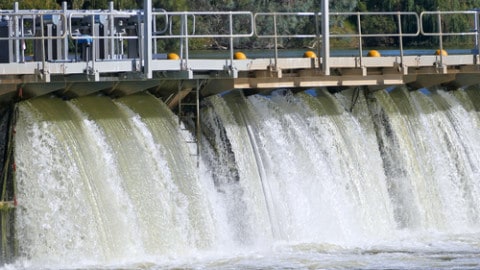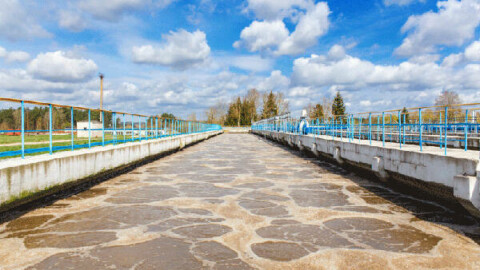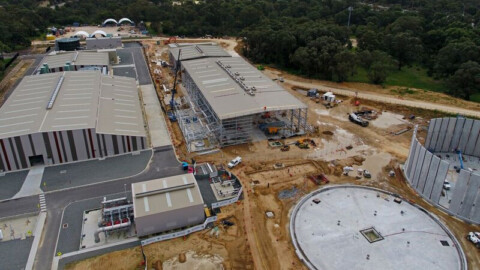Hunter Water has formally applied to build a permanent seawater desalination plant at Belmont in New South Wales, taking the first step in securing water supply for future generations.
The New South Wales Department of Planning, Housing and Infrastructure (DPHI) has now put Hunter Water’s Modification Application on public display, seeking community and stakeholder feedback by Tuesday 20 February 2024.
Building the Belmont Desalination Plant will add up to 30 million litres per day of rainfall-independent drinking water capacity to the system, or about 15 per cent of the region’s average daily needs.
As a key action in the Lower Hunter Water Security Plan, the Belmont Desalination Plant, as a permanent facility, will be an enduring and integrated part of the Lower Hunter’s water supply system.
Some of the key changes to the Belmont Desalination Plant include:
- Moving from a temporary drought response plant to one that current and future generations can rely on
- Advancing the detailed design to confirm an increase in diameter to the seawater inlet pipeline and a diameter increase to the new water mains receiving and distributing the drinking water
- Adapting the site to climate change, including raising the site’s height to protect the plant from predicted future sea level rise
- Accommodating recent significant movements in labour and construction commodity markets
- Employing a construction workforce of up to 215 full time equivalent jobs.
Hunter Water Managing Director, Darren Cleary, said the Belmont Desalination Plant will help to provide the water security needed to ensure a sustainable future for the region and its economy.
“We can’t rely on rain alone anymore. We know our region’s water storages can fall from typical operating levels to critical levels in less than three years. Should a severe drought continue beyond three years, our region could run out of water.”
Mr Cleary said that Hunter Water anticipates investing $530 million to design and construct the permanent Belmont Desalination Plant, including measures to ensure the desalination plant will be an enduring asset for future generations and remain resilient to the impacts of climate change and also reflect rising construction costs.
“This investment in the region’s future means improved water security for Hunter Water customers. Compared to the previously approved temporary facility, which would only have been constructed in response to drought, the improved durability of this infrastructure means our region can depend on it for many decades to come.
“To fund the desalination plant, an annual increase of around $90 on a typical household bill is required. The typical water and wastewater bill for the owner of a house is currently around $1,340.”
Mr Cleary said that water security is fundamental to setting up the region for a sustainable, resilient and prosperous future.
“There is strong community support for improving water security and we need to take pressure off the region’s dams by diversifying and expanding our water sources.
“Building a 30 megalitre per day desalination plant at Belmont means we mitigate the region’s drought risk as soon as practicable and ensure we can continue to meet a minimum supply of safe drinking water for our customers, even during drought.”
Featured image: Concept design of the proposed Belmont Desalination Plant. Image credit: Hunter Water.



















